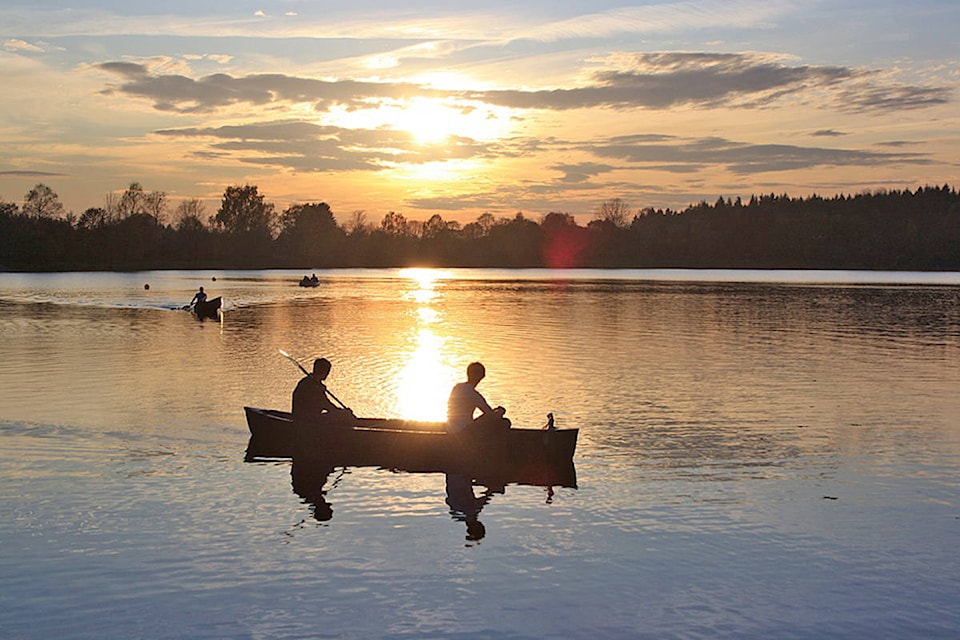A B.C. society supporting residential and intergenerational survivors will be delivering a new program for youth dealing with the criminal justice system.
The Indian Residential School Survivors Society (IRSSS) has recently launched its Indigenous youth justice program QWUM QWUM XWII XWAA located at the Saa-ust Centre in downtown eastside Vancouver.
“There’s a disproportionate amount of young Indigenous people within the criminal justice system and we want to work to help young people feel empowered and balanced,” said program co-ordinator Suzette Amaya.
When translated from the Indigenous language of the Musqueam Nation into English, the program means “strong echo” signifying the strength of their ancestors Indigenous young people, who are the echo of the future, carry with them.
The three-year pilot program funded by the Department of Justice will be open to youth ages 12 to 17 who have charges within the City of Vancouver.
During its three to six-month duration, between 10 to 20 participants will have the opportunity to engage in ceremonies, traditional teachings, and outings while being connected with various supports such as counseling, advocacy and case management.
We are happy to announce that Suzette Amaya is our new coordinator for the QWUM QWUM XWII XWAA Indigenous Youth Justice...
Posted by Indian Residential School Survivors Society - British Columbia on Wednesday, February 3, 2021
IRSSS has offices in Vancouver, Kamloops, Terrace, Penticton, Hope, Williams Lake and Prince George.
Executive director Angela White said it is hoped the youth justice program will be made available across the province.
“Indigenous youth and people, in general, have a far greater chance of being systematically put into the justice program not just because of the trauma but because of how community, education, child and family services all of it is rolled up into one—you’re literally setting up our youth to become a statistic in a system that’s already geared to welcome them into it and that’s what we’re trying to change,” White said.
She believes most youth participants will have had involvement with child and family services and may have been displaced from their homes or are moving from an unsafe environment.
“The best way that we can start creating positive change is to meet the most vulnerable youth by showing them their value, worth and cultural connection and that the trauma does not have to determine what their future will be.”
Read More: Civil Forfeiture program supports Indigenous healing and rebuilding
Do you have a comment about this story? email:
rebecca.dyok@wltribune.com
Like us on Facebook and follow us on Twitter.
